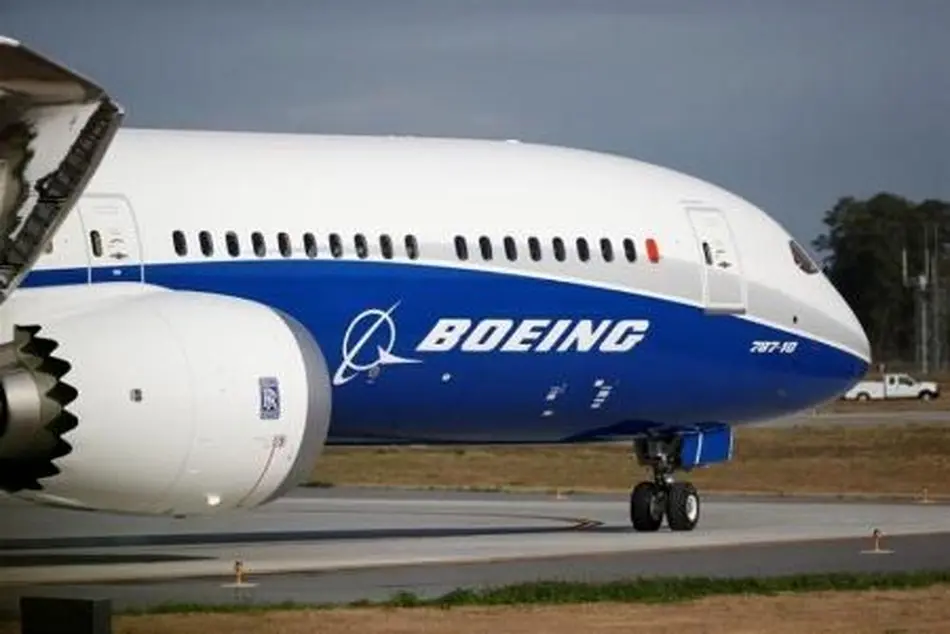Widespread Engine Attachment Fitting Cracks Halt 777-9 Flying
Cracks in engine attachment components that have stalled Boeing’s 777-9 certification program were found in a fourth test aircraft that has not flown in nearly three years, Aviation Week has learned.

Cracks in engine attachment components that have stalled Boeing’s 777-9 certification program were found in a fourth test aircraft that has not flown in nearly three years, Aviation Week has learned.
The latest discovery, on WH004, is expected to help narrow down Boeing’s investigation into the failures in the thrust links—assemblies that connect the airframe with the aircraft’s GE Aerospace GE9X engines.
The issue came to light in mid-August, when the affected part was found completely fractured on WH003 following one of a series of seemingly routine flight tests out of Kona, Hawaii. That led Boeing to inspect the rest of the test fleet, including WH004, which has been inactive for two years and nine months while Boeing worked on earning Type Inspection Authorization (TIA) with the other three.
Analysis of data from Aviation Week Network Fleet Discovery and FlightAware show that WH003, the third aircraft to enter the test fleet, has flown a total of 214 cycles and about 515 hr. Since the FAA granted TIA on July 12, however, its activity rate has increased markedly, with 37 cycles and 28 flight hours amassed through its last flight on Aug. 15.
WH001 is the fleet leader, with 840 cycles and 1,800 hr., while WH002 has racked up 570 cycles and 1,200 hr. But only 27 of these flights have come since TIA.
WH004 has flown the least of the four 777-9s, having accumulated just 62 cycles and 178 hr. between its September 2020 debut and its idling during a prolonged runup to TIA.
Cracks were found in at least one of the two titanium thrust links on one of WH004’s engines, multiple sources confirmed. Boeing declined to discuss the inspection findings.
The company is keeping customers up to date, although a lack of findings so far mean Boeing’s reports have included little of substance, multiple sources tell Aviation Week. Among the key issues that remain unclear is what part of the assembly is failing, where the cracks are occurring and why.
Each of the 777-9’s GE9X engines includes two fail-safe thrust links for redundancy. The links transfer vertical and lateral mechanical stresses between the engine and aircraft. The Boeing-designed thrust links attach to the fan frame and carry mechanical loads—as well as engine torque about the engine axis and thrust—to the aft engine mount at the rear.